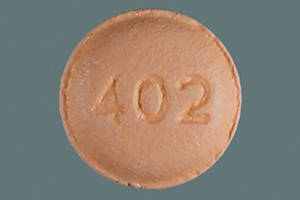Tip wear is typical and can be influenced by many different sources, including poor tablet and tool design, granulation characteristics, improper steel selection for the application and improper press set up.
It is quite typical for inspection technicians to pay attention to the punch cup face. Wear to the cup face is generally not responsible for typical tablet defects such as capping, lamination and flashing. These tablet defects are more related to punch tip land and outer edge wear.
While proper inspection can help prevent many commonly encountered tableting defects, the practice of punch tip inspection often only includes checking the size of the tip by measuring them with a micrometre or callipers.
The measuring anvils (contact surfaces) of these instruments are 3-6 mm (0.120-0.250”) wide, they only check for the largest dimension. Often wear to the very edge of the punch tip is relatively small, undetectable using traditional measuring equipment and techniques and may not be easily observed by unassisted visual inspection.
Some form of magnification is necessary to properly and thoroughly inspect punch tips for edge wear.
The good news is that tip wear can be easily inspected using a horizontal optical comparator.
Punch tip edge wear can result from a number of conditions and may cause a myriad of problems including raised edges on the final compressed tablet, commonly referred to as ‘flashing’.

flashing
Tablet flashing, in turn, can cause many other issues after the compression event. When tablets are subjected to de-dusting, the flashed edges may break off and cause rough, poorly defined edges.
Tablets with flashing and rough edges can be difficult to film coat and can lead to loose particles adhering to the coated tablet surface. To minimise defects and downtime it is important to understand the most frequent causes of punch tip edge wear.
Interested in finding out more? Download the full PDF





